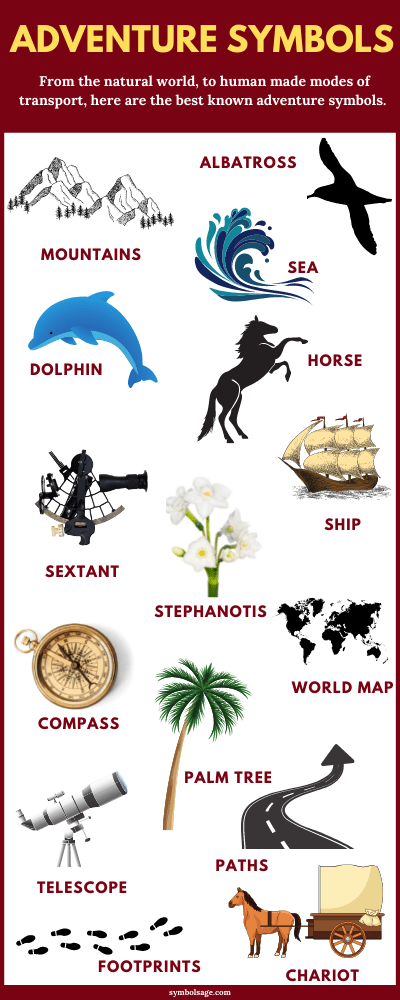
Table of Contents
Many of us travel the world in search of adventure and new experiences. Originally a Middle English word, the term adventure was derived from the Old French aventure which translates as fate, destiny, or chance event.
In literature, the best stories are always about adventure, whether they’re an unexpected journey to faraway places or the brave deeds of a hero.
Here’s a look at different symbols of adventure, from ancient times to the modern world.
1. Mountains

In our modern times, mountains are synonymous with adventures, as conquering the summit is a great achievement, and the view from the top offers a fresh perspective.
In some contexts, mountains also represent the ups and downs of life. The Ascent of Mont Ventoux narrates the adventure of Italian poet Petrarch who is thought to be the first person to have climbed a mountain for the view.
In many cultures, mountains have always been associated with sacred quests, as they’re closer to the heavens and often the homes of gods.
Throughout China’s history, Buddhist and Taoist pilgrims have gone to sacred mountains to offer incense, as the mountain peaks were thought to be linked to the state of enlightenment.
2. Sea

Since people live on land, the sea has always been associated with adventure – and those who have made it a second home have learned special skills.
In fact, thousands of literary works are based on voyages across the seas. In the Odyssey by Homer, Greek warrior-king Odysseus survives the shipwreck and defeats sea monsters.
Other ancient seafaring adventures also include Apollonius’ Argonautica and Virgil’s Aeneid.
3. Dolphin

Dolphins are emblems of the sea, associating them with adventure and protection. Since ancient times, these beautiful creatures have been valued for their mystery and beauty.
The Greeks believed that dolphins were charmed by music. In Electra by Sophocles, Euripides referred them as oboe-lovers, and describes them accompanying ships on which music was playing.
When Greek poet and musician Arion was about to be tossed overboard by thieves, he sang a song, which charmed the dolphins, who then rescued him.
In some cultures, they’re often seen as psychopomps, or creatures who escort souls to the underworld.
4. Albatross

Symbolic of ocean adventures, the albatross is found mainly in the southern oceans. Records from the 6th century mention that these birds follow ships. Sailors considered them as good omens.
The birds’ ability to fly established them as messengers between heaven and earth.
Eventually, the superstition that the wandering albatross embodies the soul of a dead sailor became widespread, and it was considered unlucky to kill one.
5. Horse

The chief beast of travel, hunting, and war, horses are one of the oldest symbols of adventure. Horses made it possible for humans to be adventurous. Where today we have our cars, in the past, men had their steeds.
It’s difficult to appreciate today how people depended on them before the railways of the 19th century and the automobile of the 20th.
In the past, they were also a symbol of speed and freedom, as represented by Classical equestrian statues.
In Norse mythology, the Allfather Odin rode Sleipnir—a magical eight-legged horse that could gallop on land, water, and through the air.
6. The Chariot
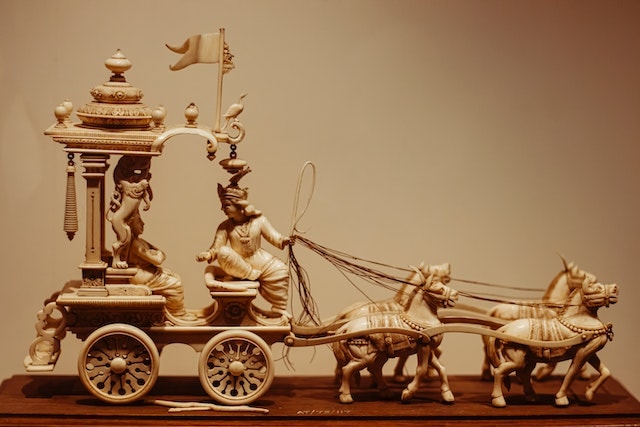
In many ancient mythologies, gods, and goddesses were depicted riding chariots. In Homeric Hymns, the journey of the Sun across the sky is represented as a chariot driven by the sun god Helios.
Poseidon rides across the sea on a shell chariot drawn by four hippocampi or fishtailed horses. It’s likely that the chariot was one of the earliest symbols of adventure for the ancients.
The chariot also appears in tarot cards, symbolizing the thirst for adventure and the search for fulfillment. Other interpretation includes focusing on one’s goals and willingness to take risks.
As a card for the day, The Chariot suggests that one should concentrate on one’s goal, as something will be certain to get rolling.
7. Ships and Boats
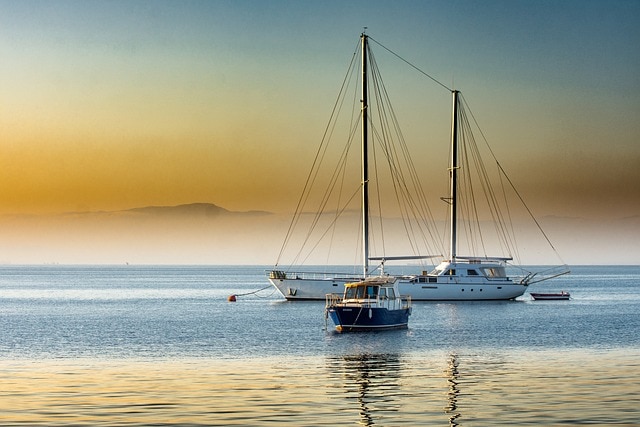
A symbol of adventure and exploration, the ship takes us to our destination. Crossing the sea is also symbolic of facing challenges and obstacles in life, represented by the wind blowing against the sails and pushing the ship along.
While boats and ships are literally associated with nautical voyages, they can also represent the exploration of new realms. In Greek mythology, a small boat piloted by Charon takes the dead to Hades.
8. The Viking Sunstone

The Vikings relied on the sun for navigation, but they used the sunstone to find its location in the sky during cloudy days, associating the mystical stone with adventure and exploration.
This sunstone isn’t what gemologists now refer to as sunstone. One theory suggests that the Viking sunstone was iolite, which would show its maximum alternate color when positioned against the direction of the hidden sun.
9. Compass
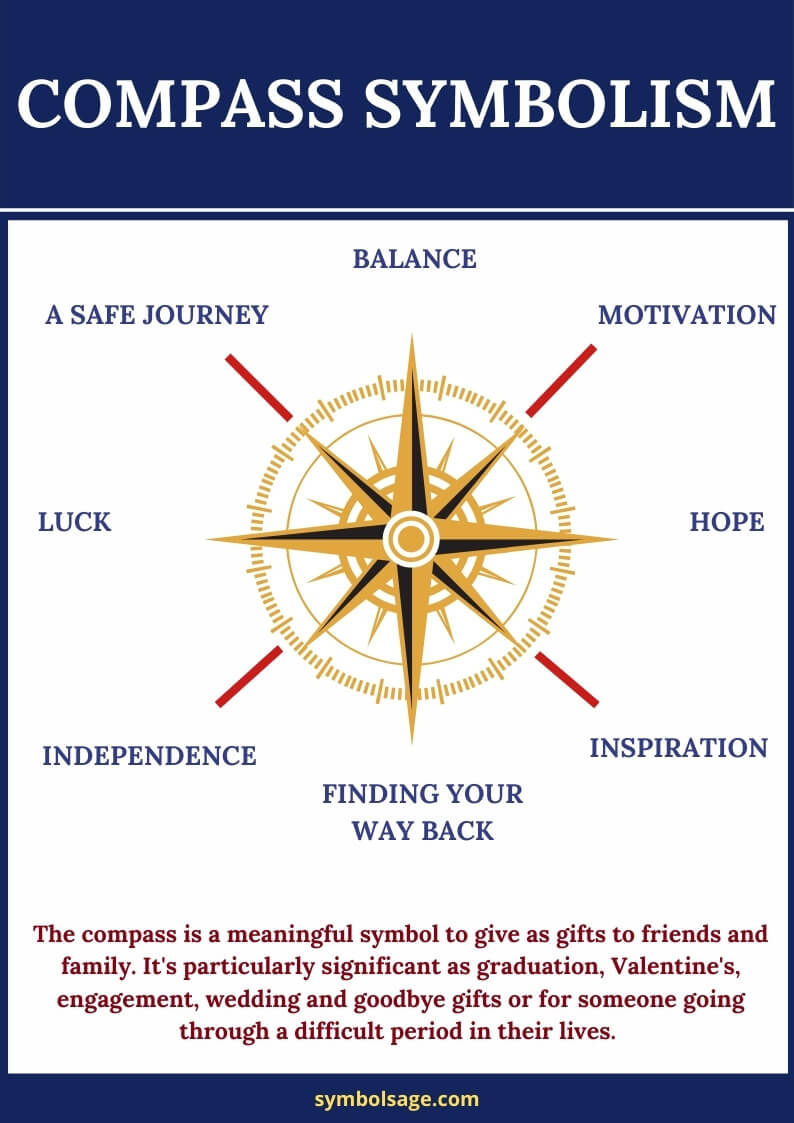
Throughout history, the compass has been a symbol of adventure, guidance, and safety. In fact, the term compass is derived from the Latin words com and passus, meaning together and a step or pace respectively.
Before the digital age, travelers were always equipped with a map and a compass. The instrument leads you to the right direction, so you’ll never get lost.
10. Sextant
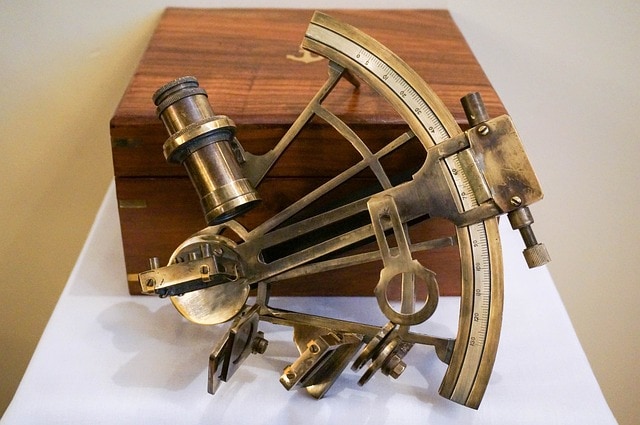
An indispensable instrument for sailors in the past, the sextant is symbolic of sea adventures, navigation, and new horizons. It was used to determine latitude and longitude with the help of celestial bodies.
Its name is derived from the Latin sextus, meaning one-sixth, as its arc spans 60° of a circle.
Since it was used for measuring angles to plot the position of a ship, it also became associated with the idea of progress.
11. Telescope
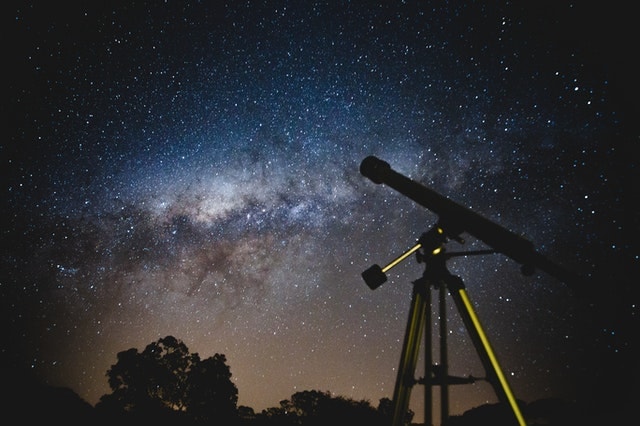
A symbol of adventure and exploration, the telescope is used by astronomers to observe the planets, the stars, and other celestial bodies.
It allows you to explore the unknown and get into something new and fun. In your journey in life, a figurative telescope will let you see things beyond your perspective.
A telescope reminds you to keep looking ahead and moving forward. Why stay on the ground if you can soar to the moon?
12. Paths and Roads

Paths and roads have been used as a symbol of life’s journey, representing the various directions you’ve taken in the past, as well as the directions you’ll take in the future.
This represents the unknown and the adventure of life. Paths and roads have had many other meanings in literature, for they may be straight or crooked; broad or narrow; or circular or irreversible.
In the poem The Road Not Taken by Robert Frost, both roads present themselves equally, suggesting that it’s hard to see where one decision will lead.
Some roads will lead you to detours, shortcuts, and dead ends, so it matters to choose the right path in life.
13. Footprints

In modern times, footprints suggest that someone is going on a journey, traveling, or is on an off-the-road destination.
They mark the path a person has taken, associating them with adventure, choices, and free will. We all leave footprints as we journey through life, so make sure to leave your own prints worth following.
14. Trail Blazes
In deep, rocky woods, trail blazes are symbols that help hikers follow a given path, marking the beginning or end of the trail, as well as changes in directions.
Back in time, the blaze was made on a tree by chipping off part of the bark, but today rock piles or cairns, flags, signs, posts, paints, and other fixed markers are used.
15. Stephanotis Flower
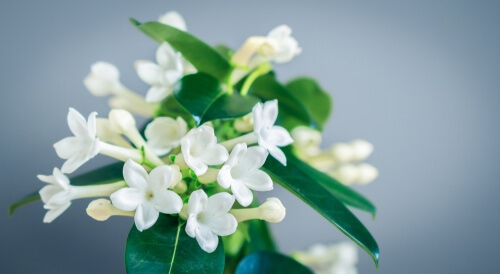
In the language of flowers, the stephanotis represents the desire to travel and seek adventure, along with luck, friendship, and marital happiness.
No wonder, they’re a favorite of adventurous couples, often seen in wedding arrangements, from bridal bouquets and corsages to boutonnieres.
16. Palm Trees

A symbol of tropical adventure, palm trees reminds you of summer and the beach. Some kinds of palm trees bear fruit, such as the date palm and the coconut palm.
If you were stranded on an island, you would want the latter to be there with you! In the film Cast Away, the palm tree becomes a hope for survival for the character of Tom Hanks, who survives a plane crash and finds refuge on a desert island.
17. Airplane

A modern symbol of adventure, airplanes gets us to different places around the world. No wonder, it’s a favorite symbol of travelers, pilots, and even those who are in the military.
Planes also represent motivation, your ability to soar, and the next stage of your journey.
It’s believed that dreaming of an airplane taking off also implies that a goal is about to take off. On the other hand, dreaming that you’re flying an airplane means that you’re in control of your destination in life.
18. World Map

As a smaller representation of the real world, the world map is associated with adventure and the desire to travel around the globe.
It’s a must-have for passionate explorers who love spontaneous trips and exotic destinations. It’s also associated with your goals in life, reminding you that the world is your horizon.
Wrapping Up
Throughout history, there have been many symbols that served as a metaphor for exploring the unknown.
There are similarities among the many symbols of adventure we’ve listed above – many fall under the umbrellas of animals, transport, navigation, and travel.
